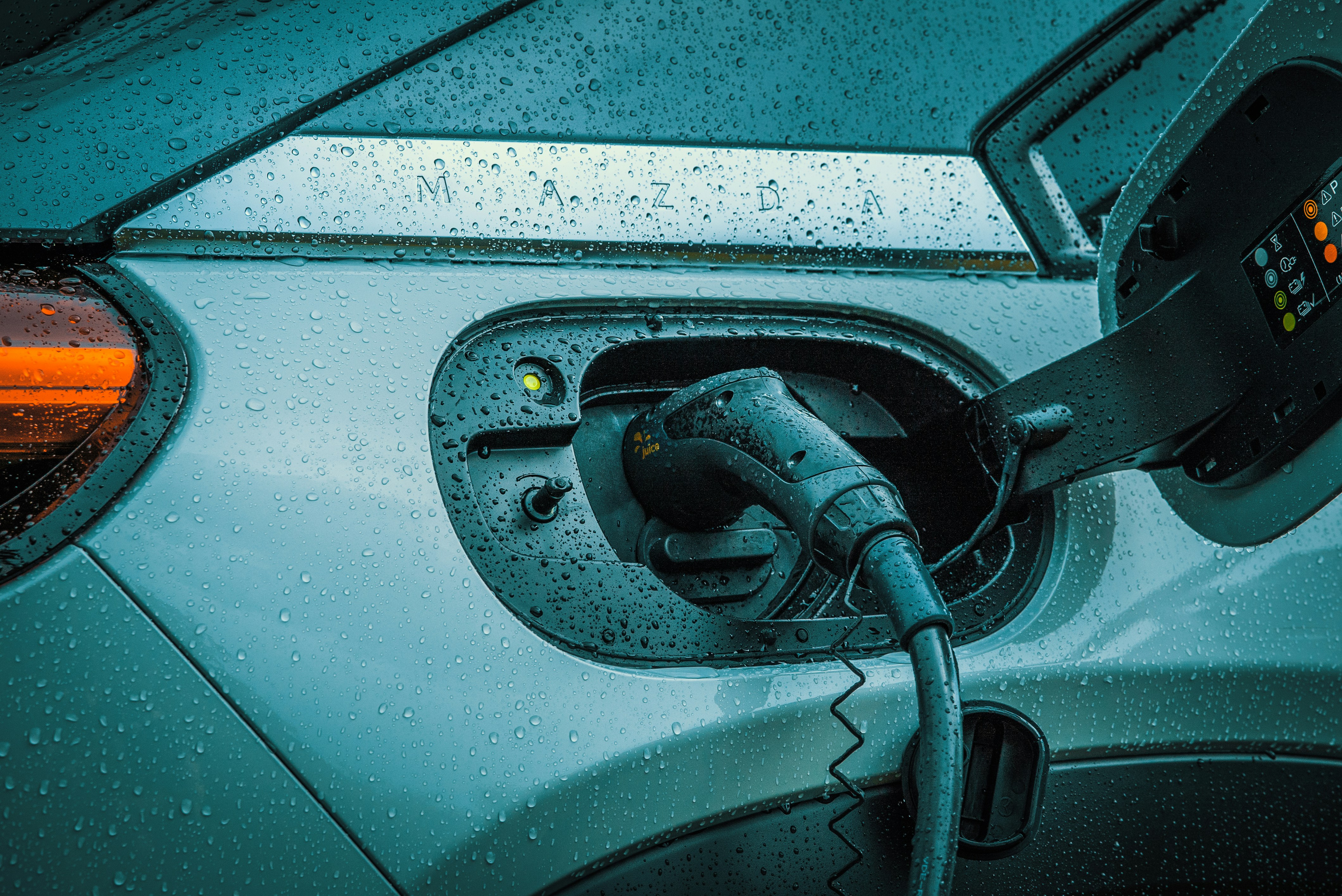Introduction
The global transition toward electrified transportation is accelerating rapidly, driven by climate targets, technological advances, and supportive policies. As electric vehicle (EV) adoption increases so too does
the volume of retired EV batteries.
While these batteries often retain 70–80% of their original capacity at end-of-life (EoL) in an EV, their disposal presents environmental and economic challenges. At the same time, the growing demand for stationary energy storage—crucial for integrating variable renewable energy sources—presents an opportunity to repurpose second-life EV batteries for stationary applications.
This dual challenge and opportunity have spurred international interest in the circular economy potential of battery repurposing and reuse. Repurposing EV batteries as stationary energy storage systems (ESS) promises significant environmental and some economic benefits. It can extend battery life cycles, reduce the demand for virgin materials, lower storage system costs, and contribute to grid stability, resilience, and energy autonomy.
However, realizing these benefits requires addressing several technical, regulatory, safety, and logistical challenges. These include the classification of used batteries, performance testing and certification, fire safety standards, installation practices, end-of-life responsibilities, and data availability across the battery lifecycle. Moreover, producer responsibility issues need to be precisely communicated to different stakeholders aiming to reach clarity in repurposing business.
In Estonia, interest in second-life battery applications is emerging alongside broader discussions on energy security, renewable integration, and circular economy strategies.
However, the regulatory landscape remains fragmented and ambiguous, particularly concerning the safety and classification of used batteries, roles and responsibilities of stakeholders, and the harmonization of practices with European Union (EU) directives, regulations and best practices.
The TREASoURcE project studies the possibilities for the use of second-life battery packs for energy storage in other applications to avoid recycling the batteries back to the original elements with significant material losses in the process.
This study explores the Estonian perspective on repurposing EV batteries for stationary energy storage by synthesizing insights from a series of stakeholder individual and focus group interviews and a national workshop held in April 2025.
The events brought together key actors, including the Rescue Board, Ministry of Climate, Consumer Protection Board, Producer Responsibility Organizations, energy storage companies and research institutions—to identify barriers, opportunities, and policy needs.
By documenting the perspectives of these stakeholders, this paper aims to evaluate the practical and institutional readiness for second-life battery deployment in Estonia and to offer evidence-based recommendations for developing a safe and effective framework for battery repurposing.
Continue reading the brief “Evaluating EV-batteries’ Repurposing as Energy Storage System: The Estonian Perspective”.



